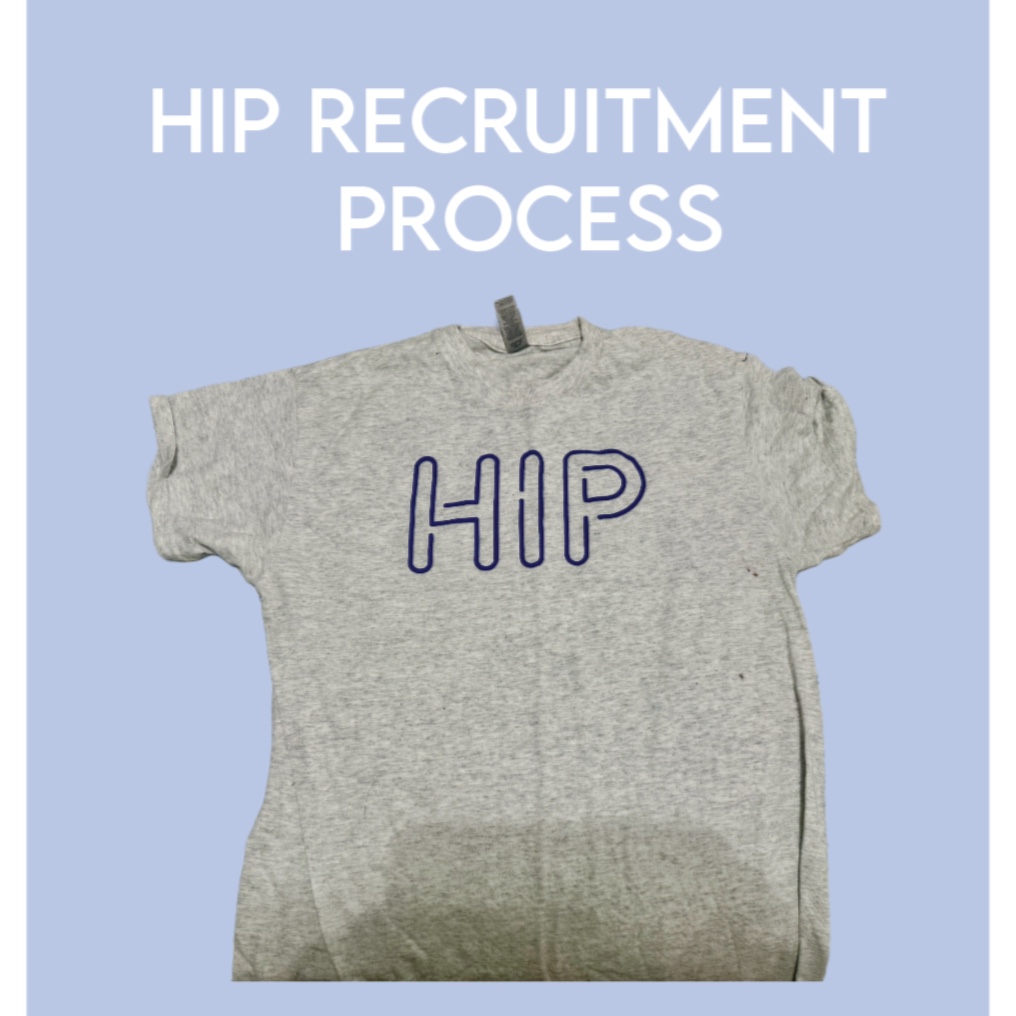Hurricane Harvey’s Destruction Hits Close To Home
August 29, 2017
Houston is still suffering from catastrophic flooding as a result of Category 4 Hurricane Harvey, which stranded locals with waters reaching a record-breaking 49 inches in some places.
Many climbed onto their roofs while others chose to wade through chest-high water with loved ones in hopes of finding safety and relief.
Javier Rayo is a U.S. Army veteran and father of four living in Killeen, Texas, where about 1,000 evacuees from Houston are being received into shelters per the overcapacity in local shelters.
“I felt bad for the people who got hit on the coast and in Houston,” Rayo said. “I am glad to see my community helping those who’ve been devastated by Harvey, and I hope the people from Houston are able to recover here comfortably.”
Meanwhile, Texan locals have aided search and rescue teams by utilizing their own watercrafts to search neighborhoods for families and animals stranded by the storm. From South Florida to as far up as Tampa, search and rescue teams are heading to Texas to offer help in areas where they are most needed by bringing their own watercrafts along, as well.
“I think that’s great,” Palmetto marine biology teacher Christine Beck said. “When people are in these situations, they are often looking for ways to help others once they get themselves to safety and that’s wonderful.”
Scientists and Beck believe the reason Hurricane Harvey was so powerful was due to the warm waters that hurricane passed through. The water was one to two degrees warmer than the waters in the Gulf of Mexico, which were already warmer than usual to begin with. Warm waters fuel pre-existing storm.
“It depends on the path of the hurricane and how much heat it’s gaining from the ocean,” Beck said. “It also relates a lot to how fast it goes over certain areas, which might determine how much power it has before it makes landfall.”
Aug. 24, the day before Hurricane Harvey made landfall, marked the 25th anniversary of Hurricane Andrew. For some Floridians, seeing Texas’s situation recalls devastating scenes familiar to the aftermath of Hurricane Andrew.
Jesus Colόn, who experienced Hurricane Andrew with his newborn son and wife in 1992, said that the hurricane caught him off guard in a similar way to the locals in Houston.
“I didn’t prepare with shutters. No one in the neighborhood did because we didn’t think it would be that bad,” Colόn said.
When the hurricane surged through Redland, however, Colόn realized that he underestimated the storm.
“The front door blew in and then all the windows broke,” Colόn said. “We hid in a backroom until it was over. Later, I saw that most of the furniture was gone and I only found some of it outside. I never found my dining table.”
Since 1992, Colόn has taken precautions when it comes to hurricanes. Now, he was shutters and generator since Hurricane Andrew left him without power for three months.
In many ways, Hurricane Andrew was an eye opener for all of South Florida. Construction codes have become stricter, requiring all houses that are built in Miami-Dade County and Broward to have shutters.
“I think Miami, just with our history, has more emphasis on hurricane preparedness and storm preparedness,” Beck said.
She said that one of the reasons there may have been so much flood damage with Hurricane Harvey was because of poor safety planning in regards to construction.
“In Houston, they’ve had a lot of urban growth without much consideration of flood zones, so they are building in flood zones,” Beck said. “Some people are saying that these areas even flood with three inches of rain, so construction companies need to take into consideration their flood zones.”









